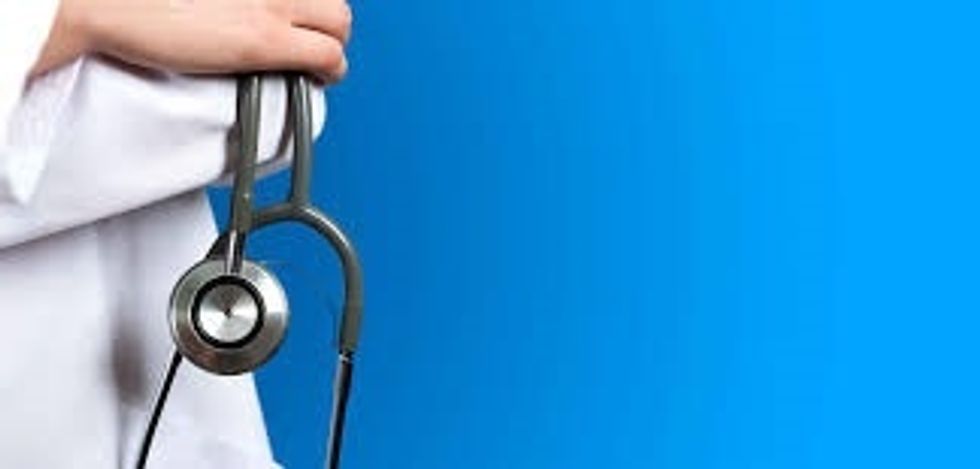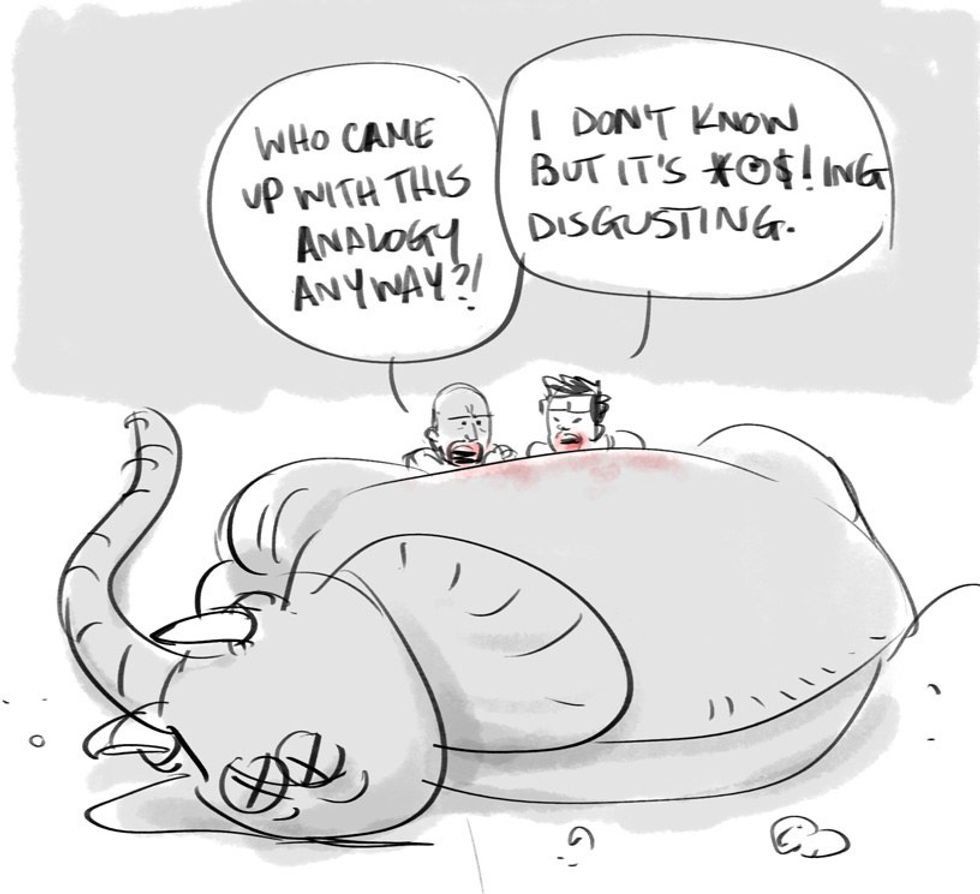An undergraduate student planning to enter medical school has to prove proficiency in specific areas of science, humanities, and reasoning. Aside from school transcripts, personal statements, and letters of recommendation, the most common requirement is the Medical College Admission Test, or MCAT. It is the principle method for measuring curricular and experiential knowledge. Most students attending universities in the United States or Canada begin planning for this test in the third or fourth year of college. This test covers several main areas of knowledge: biology, chemistry, physics; psychological, social, and biological aspects of behavior; and verbal reasoning. The student is given 7.5 hours to complete all sections, with approximate score levels of 125 for each section and maximum score of 528 for the entire test. The test is scheduled 15 times during the calendar year and the questions are presented in computer mode. A computer-based admissions test presumes that the student is trained in basic computer operating procedure since it will supplant any paper-based formats in use at their school.
While the science section is primarily multiple choice and a matter of formulaic computation through memorization, the critical reading section involves a level of competence that can vary over multiple testing sessions. As such, it is emphasized more heavily than the science section in this article. The verbal reasoning test consists of more than 50 questions which are expected to be answered within 90 minutes. It is known as Critical Analysis and Reading Skills and was added to the traditional science component of the MCAT in 2015, at the same time that an experimental essay writing section was eliminated. This test, also referred to as CARS, determines language and communication aptitude by presenting reading passages that are followed by a series of related questions. The reading passages are generally 500 words in length and are equally divided into two categories; namely, humanities (50%) and social sciences (50%). In terms of content, the questions focus on comprehension of text (30%), reasoning internally within the text (30%), reasoning externally to the text (40%). The reading passages for the humanities section cover a broad range of topics within, but not limited to: Architecture, Art, Dance, Ethics, Literature, Music, Philosophy, Popular Culture, Religion, Theater Studies, or Cultural Diversity. In the social science section, the topics include: Anthropology, Archaeology, Economics, Education, Geography, History, Linguistics, Political Science, Population Health, Psychology, Sociology, or Cultural Diversity. At a total testing time that is more than twice as long as other standard tests, the MCAT applicant can expect to devote about 200 hours of study and preparation, if not longer. A study effort that is best accomplished many weeks to many months before the actual test date.
The verbal reasoning questions on the MCAT are structured not unlike other standardized tests, such as the SAT or the GMAT. To better illustrate this, each type of question will be listed and described in order to dispel any doubt or confusion about what is expected for attaining a passing score and; ultimately, acceptance into a reputable medical program.
The first way that an author presents his point is by establishing a premise that is expressed through definition, evidence, refutation, or perspective. A thesis is generally presented early in the passage and is explored through statistics or events that capture the essence of the discussion. Often, a counterargument is explored throughout the body of writing or is included near the end of the passage for a more thorough analysis. Once the focus of the passage is understood, the other way an author conveys a position is through tone. An excellent example of this is in public speaking where the speaker deliberately uses a loud voice or harsh language to denounce a stance on a political, economic, or social issue. Once a student has absorbed all the levels and angles of a passage, the last strategy that is left to manage is making inferences and assumptions, if any, from the author's text. That is, if the passage begins by pointing to transportation and manufacturing as principal causes for the global Green House Effect; then, is it plausible to assume that since automobiles and other vehicles will not disappear suddenly nor voluntarily that pollution levels will continue without resolution, merely from what the author has stated or implied and not necessarily from scientific observation? This ability to predict based solely on the material is another way a student demonstrates mastery of language and communication skill.
As a general rule, the reading passages will contain elements of verbal expression that follow transitional, rhetorical, and structural conventions of English language pertaining to business, literature, and science. It is safe to expect that the questions that follow each passage will also conform to standard rules of analysis. The best approach to critical reading is to survey the passage and the main part of each question so that there is a sense for the complexity and purpose behind the question. Gaining a brief understanding of the content along with relevant inquiry into that passage before actually reading can be a practical exercise for reducing anxiety and for anticipating the issue presented. This means taking a quick inventory, so to speak, of the passage by reading the beginning to isolate a thesis, then, read only the sentence portion of each question to identify key points or counterpoints within the passage. The questions are usually ordered from easiest to hardest, but the passage may be ordered inconsistently and according to the author's style or predisposition. It is important to be keenly aware of this possibility so that all information gathered from the actual reading is properly understood and preserved for the eventual answer phase of the question. This course of action, when not understood or practiced, is often substituted to great effect by haphazardly rereading the passage and by glossing over the options to the question. This only results in wasting time and; ultimately, overreliance on guessing. The passages are meant to be obscure; but, can be handled by a person who is not an expert in the field. Therefore, it is recommended that the student check all the reading passages early in the testing process and prioritize each according to difficulty level for the sake of time management.
The only way to score higher on critical reading questions is to assemble a series of practice questions that address the common elements of writing, as noted above. After reaching a consistent level of scoring with each type of question, a student can continue to perfect reading ability by expanding independently into newspapers, magazines, journals, or novels in order to become accustomed to less familiar forms of writing. Since this is not what is normally read on a daily basis, the commitment has to start weeks or even months before the examination in order to be of any benefit, especially true if reading does not factor into a daily routine. As a last resort, teaching guides found in bookstores, at the local library, or online can prove just as effective for most students whose goal is to score higher and; subsequently, to attend their first school of choice. For students who perform better academically with a mentor, private tutoring is always a more efficient approach to skill mastery. An effective mentor can not only accelerate the learning process, but also, instill discipline and motivation that, if adhered to, can extend to other course or training requirements.
Once the student has initiated an independent reading plan, the remainder of that study time can be devoted to knowing how the questions are phrased so that they can be answered appropriately. A standardized test will generally include questions that reflect whether the student is: comprehending, evaluating, applying, and synthesizing the subject matter. One type of question measures comprehension and is mainly phrased in the following manner: "In the context of the passage…" or "According to the passage..." The next type of question measures evaluation and is mainly phrased in the following manner: "The passage suggests that the author would most likely believe..." or "Which of the following assertions does the author support…" Another type of question measures application of concepts and is mainly phrased in the following manner: "The passage implies that..." or "The passage suggests that..." Lastly, questions that measure synthetic thinking are mainly phrased in the following manner: "Which of the following is MOST analogous to..." or "How does this new information SUPPORT the idea that..." Knowing the type of questions beforehand, how they are phrased, and where to look for the answer within the passage gives the student a remarkable advantage that will be reflected in the final score. At the very least, it will give the student enough time to return to questions left unanswered in a previous question or to spend more time on a complex reading passage for another chance to gain points.
The MCAT is arguably the most rigorous testing instrument in the medical field. It can single-handedly determine the future of an applicant, academically and professionally. Its closest competition in pace and complexity is the GMAT for business and management prospects. But, the MCAT has always been characterized by its science requirement as well as the new entry into humanities-based inquiry. It is a sign of the times, in that, it no longer assumes that every applicant will venture into the laboratories or clinics of a hospital. Many others have their sight set on medical research or even collaboration with state-of-the-art pharmaceutical initiatives.







 Photo by
Photo by  Photo by
Photo by 
 Photo by
Photo by 


















